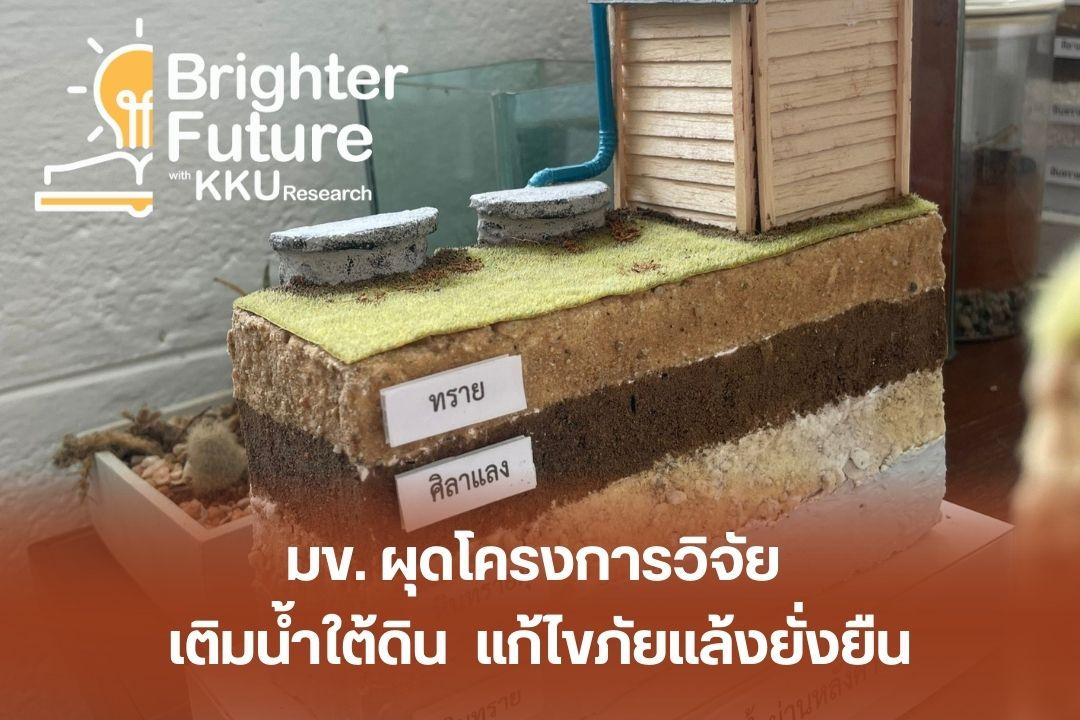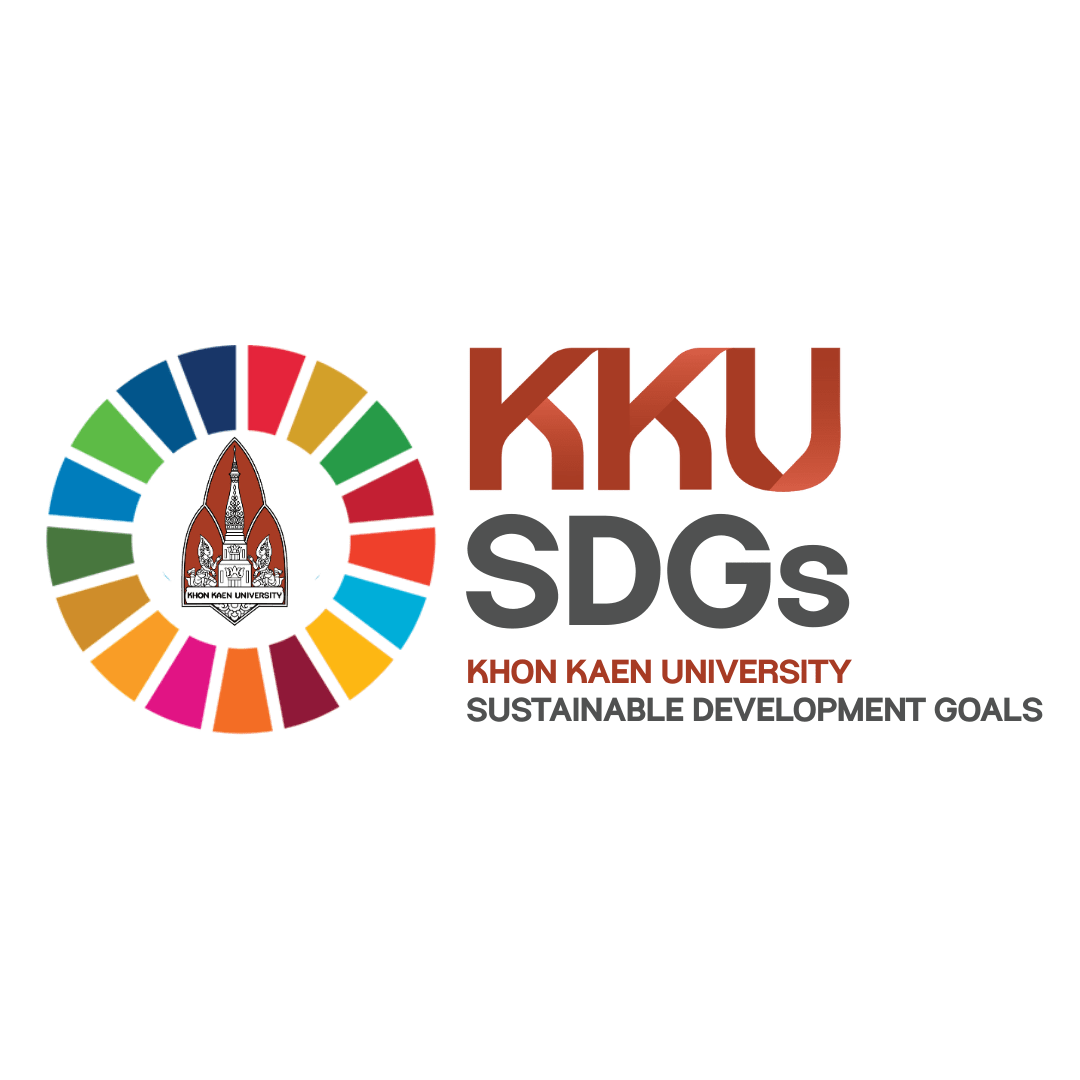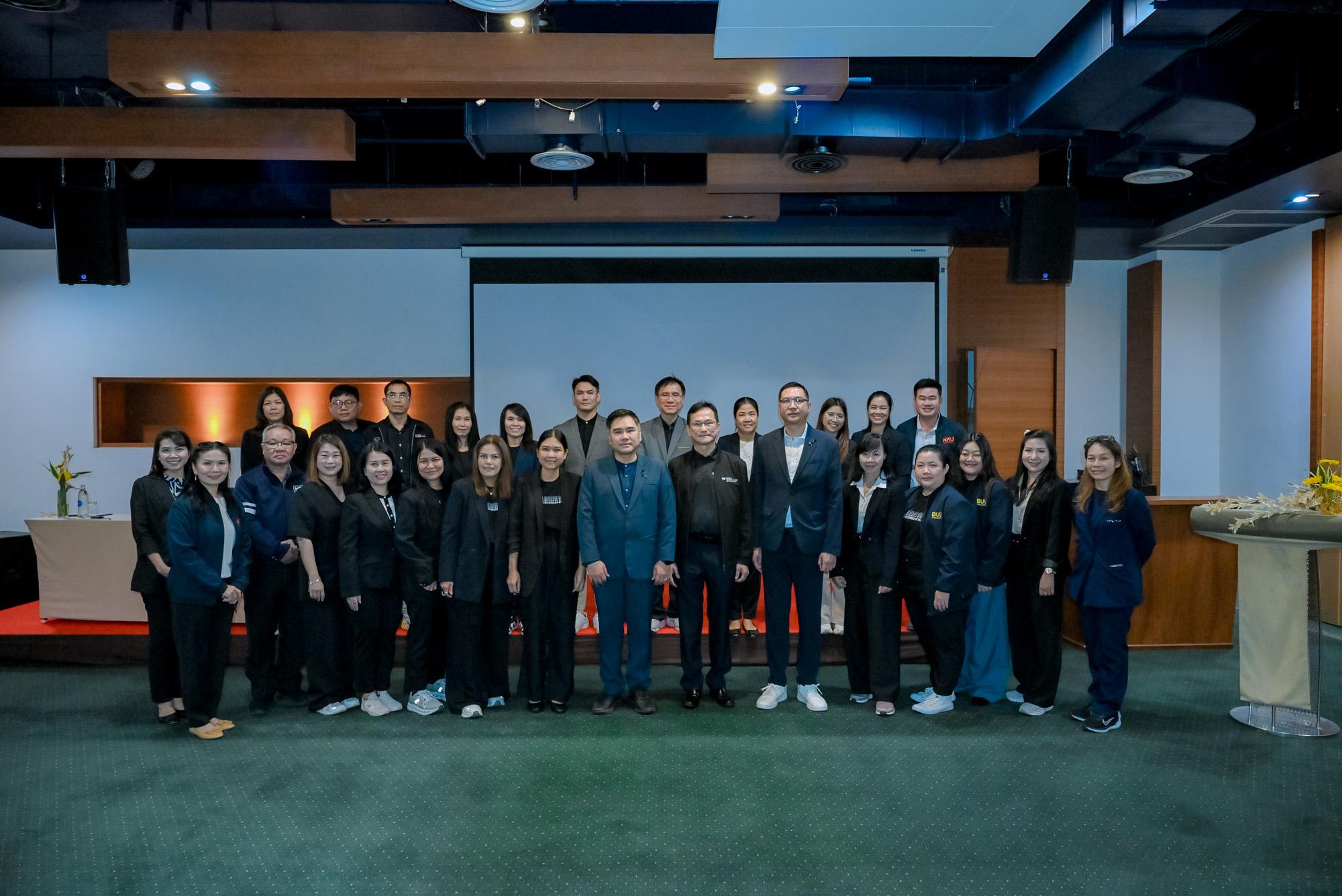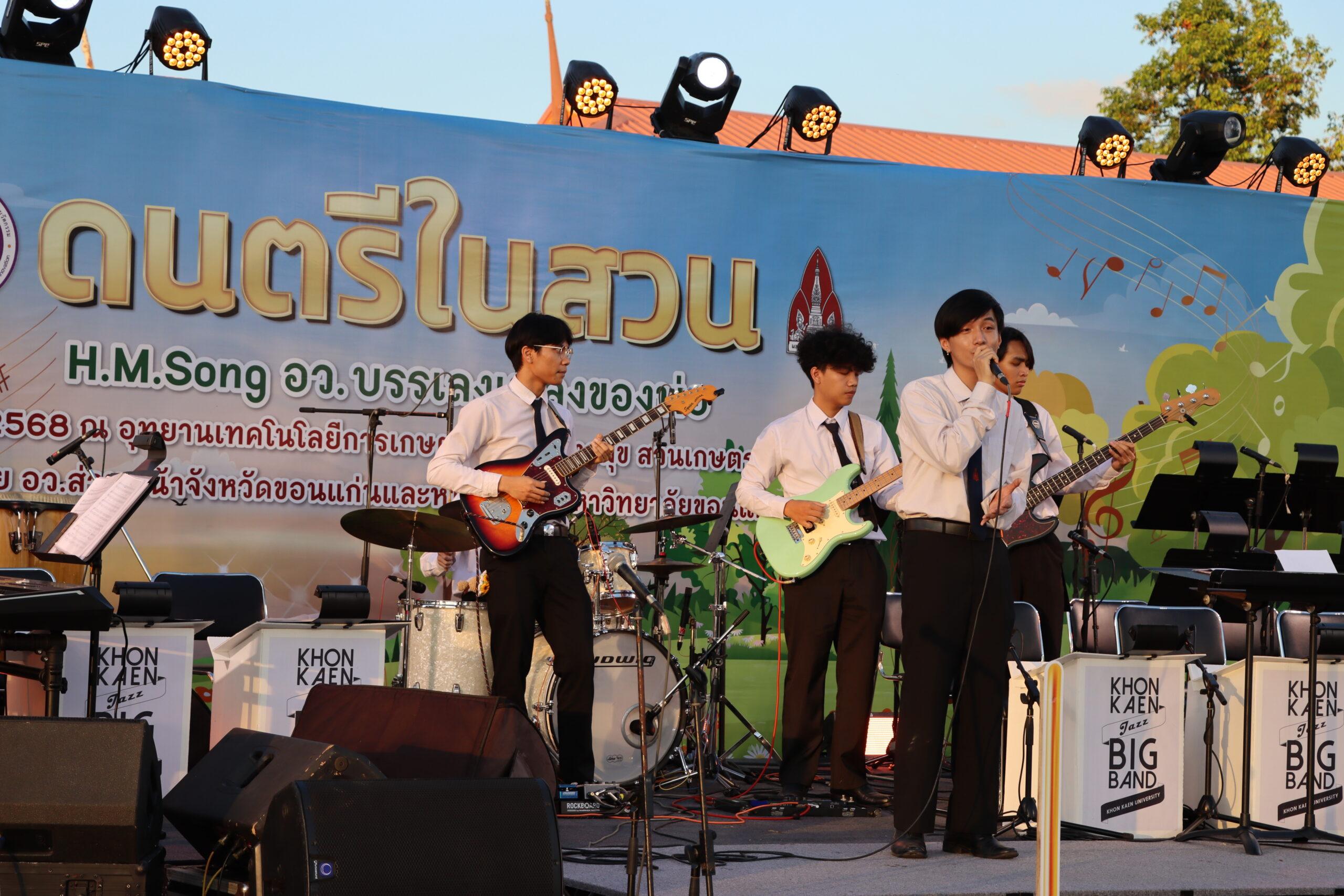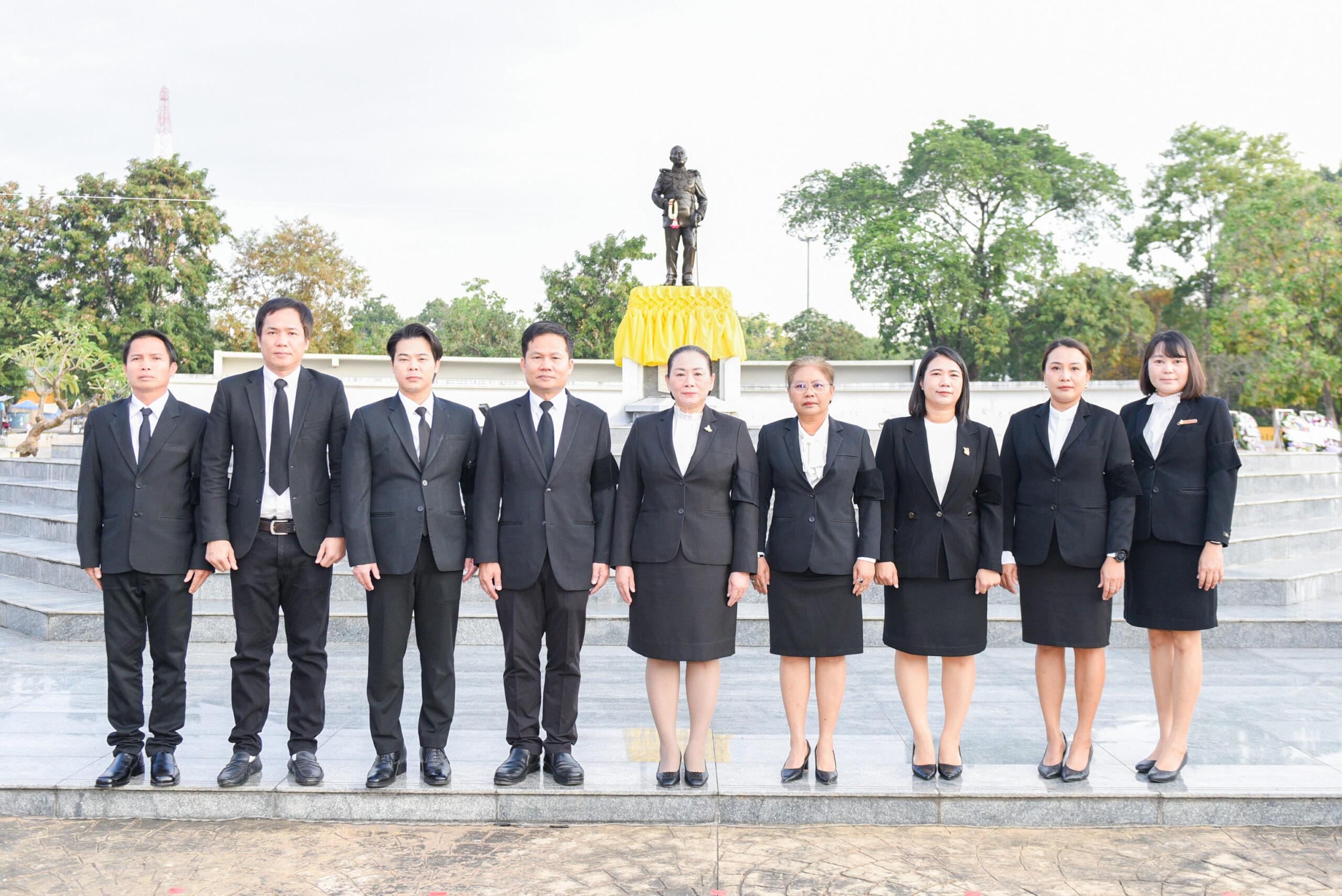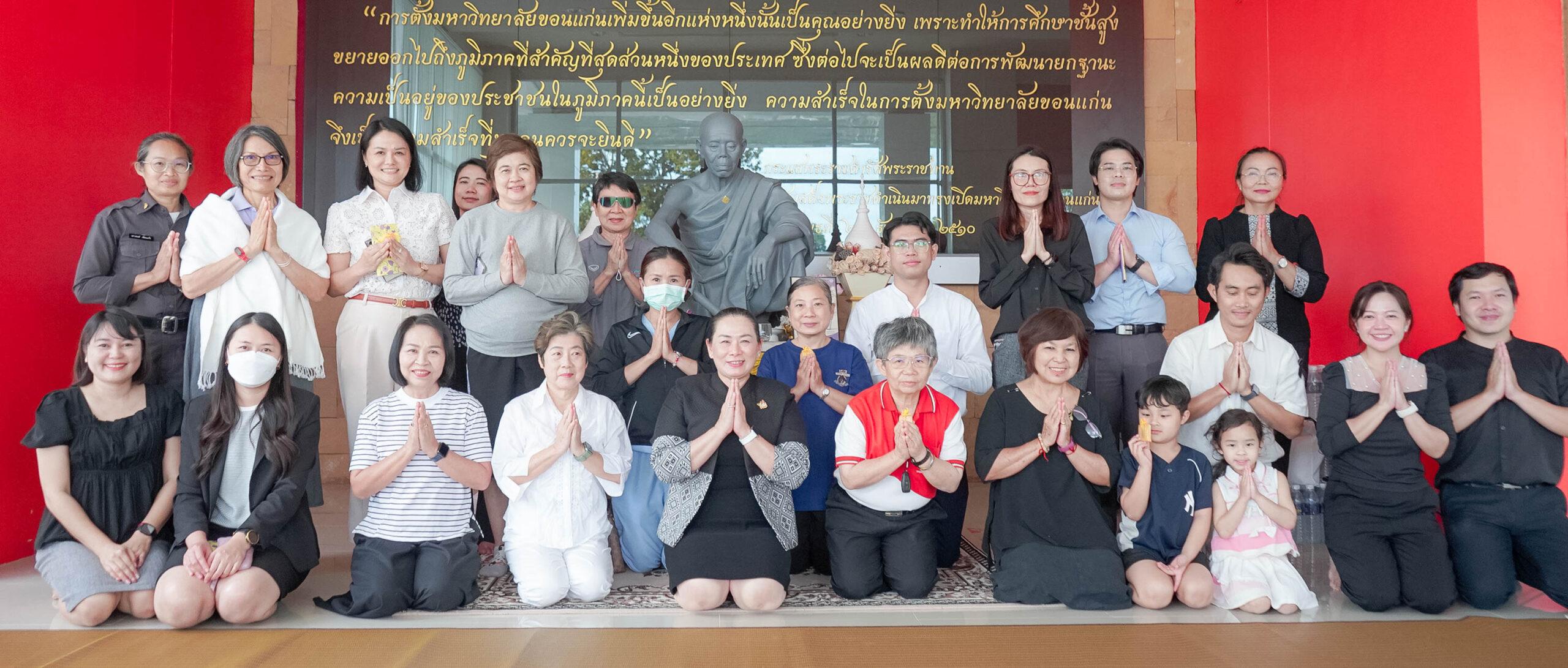Researchers from Khon Kaen University have initiated a project to address Thailand’s recurring droughts through a sustainable water management system that replenishes underground aquifers. The project, led by Dr. Kewaree Pholkern of the university’s Faculty of Agriculture, aims to provide a long-term solution to water scarcity, which severely impacts the nation’s large agricultural sector.
Traditional drought relief measures, such as distributing water and drilling wells, are proving insufficient against the backdrop of increasing climate variability. In response, this research focuses on Managed Aquifer Recharge (MAR), a method used globally to capture excess water during the rainy season and store it in shallow underground aquifers for use during dry periods.
The project, which began in 2018, is part of the “Ob Oum Lum Nam Thai” initiative by TCP Group (T.C. Pharmaceutical Industries Co., Ltd.) and is being implemented in the target area of Prachinburi province.
A model community was established in Nonthri sub-district, Kabin Buri district, Prachinburi, chosen for its ideal conditions. The area’s physical geography, including permeable soil layers of gravel and sand, is suitable for shallow aquifer recharge. Its proximity to Khao Yai National Park provides significant runoff during the rainy season, which previously caused short-term flooding before rapidly draining away, leaving the area dry later. Furthermore, the prevalence of organic farming ensures that the surface water is free from chemical contaminants, making it safe for underground storage.
The project emphasizes community involvement and employs four low-cost, low-complexity recharge methods tailored to local conditions:
- Rooftop Recharge: Collecting rainwater from roofs and directing it into a recharge well.
- Ring Well Recharge: Using concrete ring wells to capture surface runoff in areas with limited space.
- Pond Recharge: Excavating ponds down to the shallow aquifer level (5-10 meters deep) to allow water to seep underground.
- Terraced Pond Recharge: Creating a series of cascading ponds on sloped land to slow down and capture fast-moving runoff.
In the Nonthri pilot area, the results have been significant. The project revitalized over 40 of the area’s 300 abandoned ponds, turning them into effective recharge sites. With 62 recharge points now active, 8.56 million cubic meters of water have been added to the aquifer, raising the dry-season groundwater level by more than five meters.
This success has translated into tangible benefits under the project’s motto: “Create Water, Create Jobs, Create Income.” The reliable water supply has stabilized agricultural activities and boosted local economies. An analysis of the project’s Social Return on Investment (SROI) found that every 1 baht invested generated 17 baht in social value. The community, which previously faced an annual water deficit of 3.6 million cubic meters, now has a surplus, with the project supplying three times the amount of water that was lacking.
Dr. Pholkern stressed that while successful, this method requires careful site selection based on detailed hydrogeological studies. The Nonthri sub-district now serves as a learning center for other communities, demonstrating how collaboration between academia, the private sector, and local residents can create a sustainable solution to water scarcity.

